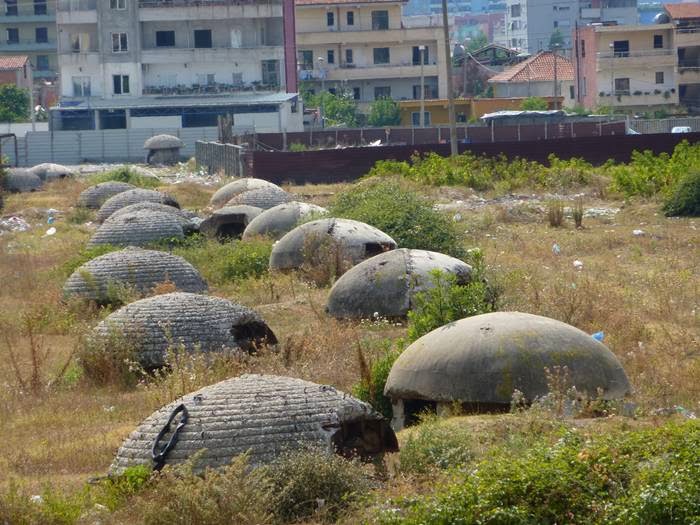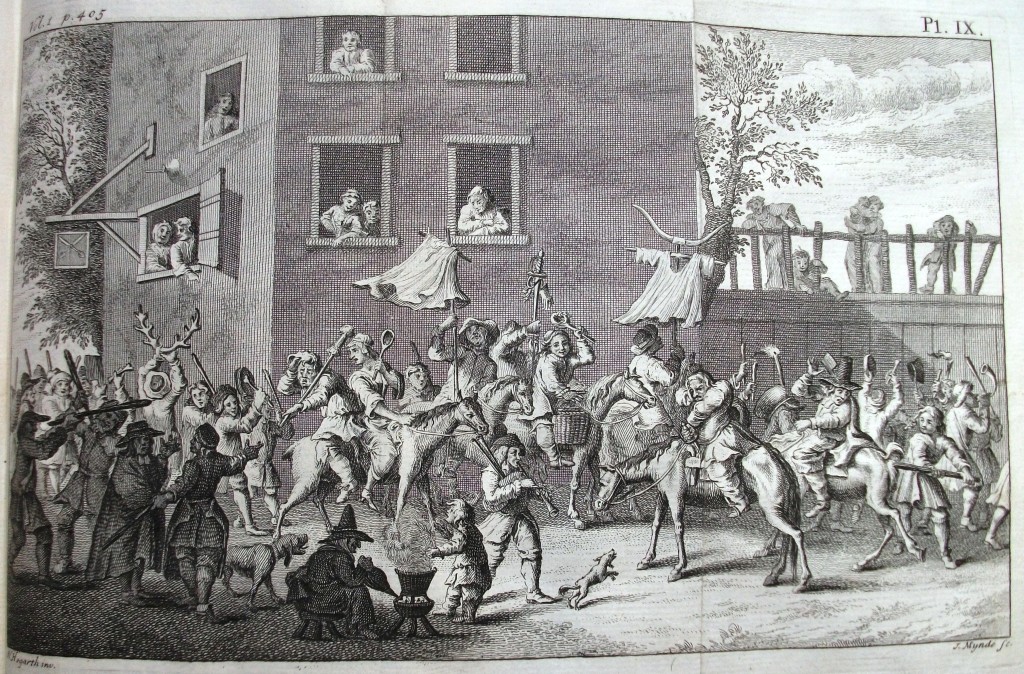From Fascination to Research: Fugitive Light. Seeing Stage Lighting Through Production Photographs by Dr Nick Hunt
 Opening with the question “what happens when you do research the wrong way round?” Nick discussed several strands he is thinking through for his forthcoming paper at the IFTR conference in Stockholm. His research process is “wrong” in the sense that it has not started from a set of clearly formulated questions but rather as a long held fascination with the expressive properties of light. This is encapsulated in Vermeer’s painting A Young Woman Standing at a Virginal (c.1670-1672), which Nick used to show his students as a way of sparking their interest in treating light as a creative material. The relative lack of historical literature on the subject makes this a challenge to teach, but there do exist archival collections containing photographic records of productions that reveal valuable insights into the artistry of design. The National Theatre archive, for example, contains colour photographs of Laurence Olivier’s seminal 1967 production of Chekhov’s Three Sisters at the Old Vic. By overexposing Robert Ornbo’s original transparency (‘slide’) photographs using digital technology, a great deal of information regarding Richard Pilbrow’s lighting design becomes evident.
Opening with the question “what happens when you do research the wrong way round?” Nick discussed several strands he is thinking through for his forthcoming paper at the IFTR conference in Stockholm. His research process is “wrong” in the sense that it has not started from a set of clearly formulated questions but rather as a long held fascination with the expressive properties of light. This is encapsulated in Vermeer’s painting A Young Woman Standing at a Virginal (c.1670-1672), which Nick used to show his students as a way of sparking their interest in treating light as a creative material. The relative lack of historical literature on the subject makes this a challenge to teach, but there do exist archival collections containing photographic records of productions that reveal valuable insights into the artistry of design. The National Theatre archive, for example, contains colour photographs of Laurence Olivier’s seminal 1967 production of Chekhov’s Three Sisters at the Old Vic. By overexposing Robert Ornbo’s original transparency (‘slide’) photographs using digital technology, a great deal of information regarding Richard Pilbrow’s lighting design becomes evident.
The importance of photographically documenting a lighting practice in order to make past designs intelligible was emphasised by the stage electrician who gave Nick his first professional job in theatre. Theatre photographs do not just have to function as marketing tools if photographers are able to capture the animacy of live performances, which can elevate the conceptualisation of theatre design beyond ‘dressing’ or ‘decoration’ into the realm of artistic craft. Richard Pilbrow’s 1970s book Stage Lighting was a key text on lighting design for a generation of designers at that time and was an inspiration to Nick when he was a student, not least because of the photographic images it contains. These connective networks will therefore form the basis of his conference paper which will discuss the possibilities photographic documentation affords theatre designers in citing their work in a particular body of practice.
Representing Rough Music by Dr Andrew Walker
The social historian EP Thompson, author of the acclaimed The Making of the English Working Class, defined rough music as a practice distinguished by raucous music and street theatre, employed as a collective ritual to mock individuals who had subverted societal norms. The British Library has digitized approximately 13 million pages of local and national printed newspapers dating back to the 19th century; the relative ease of accessing these sources, combined with the addition of searching for key words and phrases in digitized documents using online tools, has enabled Andrew to test Thompson’s conclusions by comparing and contrasting how rough music manifested in different geographic regions.
The term “rough music” was most commonly used in south east England, but was known by several different terms across the country: “ran-tan” or “ran-tanning” in the East Midlands; “riding the stang” in the north; and “skimmington ride”, which Thompson links to the South West, and is also the term Thomas Hardy uses in The Mayor of Casterbridge. Hardy vividly describes a skimmington ride in his novel, writing that the most common instruments employed were copper kettles and frying pans, which is indicative of the social status of those who partook in a rough musicing. Participants spoke a doggerel verse that, despite being very formulaic, nevertheless allowed for much linguistic variation within its framework. Males often represented females by dressing up, and the blackening of faces was also very common. This relatively crude form of masking was not necessarily intended to disguise a participant but rather acted as a method of self-concealment, whereby actions not considered permissible in everyday life became possible. The ceremony would usually include a procession with someone carrying an effigy of the person who was the subject of ridicule, whilst other participants would perform the particular behaviour or act that was being reprimanded. At the conclusion of the ceremony the effigy would be burnt.
The triggers for a rough musicing related to misdemeanours occurring in the public and domestic spheres, actions that proponents felt could not be sufficiently addressed by the legal system and should therefore be subject to the auspices of what EP Thompson terms a “moral economy”. An example of a public misdemeanour was the breaking of a strike, but the most common cause of a rough musicing was to protect women from abusive husbands. Many such instances have strong regional links to the North, North East and Essex. Other triggers included the maltreatment of children, adultery, and inappropriate or hasty re-marriages. As local communities were being diluted by the formation of the “urban centre” fewer instances of rough musicing are recorded in early 20th century periodicals. The reactions from the press to this form of self-policing varied, with some finding the ceremonies and resultant humiliation of the subject amusing and other, more progressive, publications were condemnatory of rough music’s intense irrationality. Some commentators noted the orderliness of its disorder, implying that rough music acted as a ritual of inversion as a counter to the formal rituals of the church and state.
****
Sublime Concrete & Animating the Gallery by Dr Kathy Sandys
 Kathy’s chapter ‘Sublime Concrete’ will appear in In the Ruins of the Cold War Bunker: Affect, Materiality, and Meaning-Making which is being published in the autumn. The chapter is based on a paper she gave in the summer of 2014 at the Royal Geographic Society concerning the aesthetic and historical resonances of Cold War bunkers. One of the conference conveners, Luke Bennett, decided that the papers captured the zeitgeist and should form a book concerning Cold War aesthetics. Concrete holds a fascination for Kathy because it does not decay like other materials and has a somewhat sinister history – Hitler’s bunker being an obvious example.
Kathy’s chapter ‘Sublime Concrete’ will appear in In the Ruins of the Cold War Bunker: Affect, Materiality, and Meaning-Making which is being published in the autumn. The chapter is based on a paper she gave in the summer of 2014 at the Royal Geographic Society concerning the aesthetic and historical resonances of Cold War bunkers. One of the conference conveners, Luke Bennett, decided that the papers captured the zeitgeist and should form a book concerning Cold War aesthetics. Concrete holds a fascination for Kathy because it does not decay like other materials and has a somewhat sinister history – Hitler’s bunker being an obvious example.
Kathy’s PhD looked at the potential for the sublime to exist in manmade art forms using journey, light and sound as scenographic devices and the epic landscape. The Cold War was used as a frame to explore the potential for this experience, particularly its mythic qualities, exemplified by such works as the docudrama Threads and Raymond Williams’s graphic novel When the Wind Blows. The intersections of historical fact and artistic licence can be seen in Ken Adam’s Fort Knox set in Goldfinger or the war room in Doctor Strangelove. Both designers created what the audience wanted, or even expected, to see, and so did not attempt to create the reality of either setting.
****
 Methuen publishers have approached Kathy to write a book to examine the properties of light and sound beyond the threshold of the stage. She is going to present a paper at the forthcoming IFTR conference concerning how to use light and sound to animate displays to the degree that they become an integral part of an exhibition. These ideas were put into practice when Kathy worked with Wayne Hemingway at Tate Liverpool for the DLA Piper Series: This is Sculpture exhibition in 2009. The gallery was painted purple and lit in the style of a disco, whilst visitors were given headsets to listen to music, thereby experiencing personal worlds in a public space. The next Robertshaw and Robertshaw project will be a development of this practice by animating the HMS Belfast, which they have been commissioned to do by the Imperial War Museum.
Methuen publishers have approached Kathy to write a book to examine the properties of light and sound beyond the threshold of the stage. She is going to present a paper at the forthcoming IFTR conference concerning how to use light and sound to animate displays to the degree that they become an integral part of an exhibition. These ideas were put into practice when Kathy worked with Wayne Hemingway at Tate Liverpool for the DLA Piper Series: This is Sculpture exhibition in 2009. The gallery was painted purple and lit in the style of a disco, whilst visitors were given headsets to listen to music, thereby experiencing personal worlds in a public space. The next Robertshaw and Robertshaw project will be a development of this practice by animating the HMS Belfast, which they have been commissioned to do by the Imperial War Museum.


No comments yet.